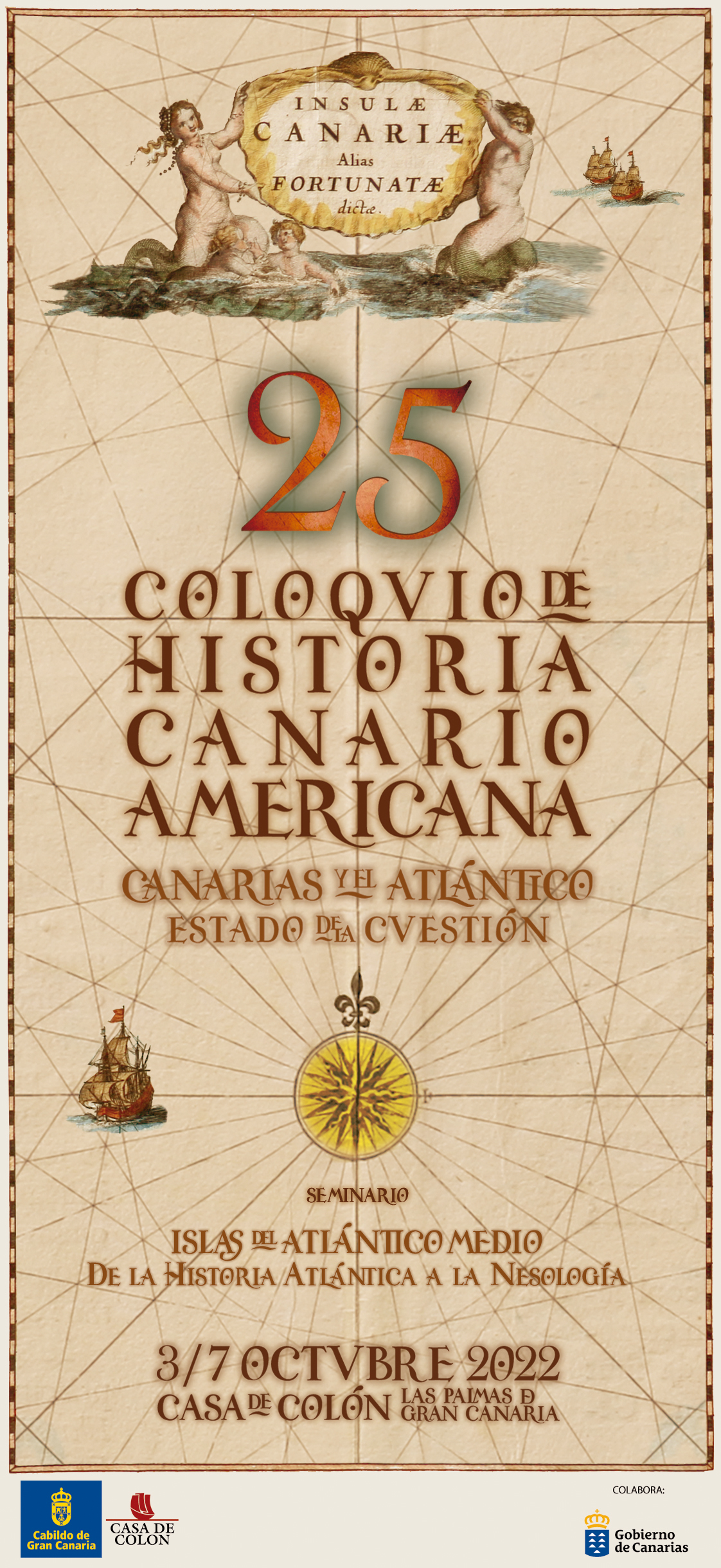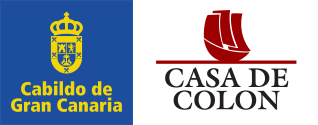Canarias en el tránsito del siglo XIX al XX: aportaciones de José Cabrera Díaz, Secundino Delgado Rodríguez y Nicolás Estévanez Murphy en la construcción de la conciencia nacional de Canarias / Canary Islands in the Transit from the 19th to the 20th Centu
Resumen
Presentamos nuestra interpretación histórica de los primeros proyectos de construcción fallidos de Canarias como nación, con soberanía limitada o amplia, desde finales del siglo XIX a los inicios del XX, en el contexto de la Era de la globalización que nos condiciona desde la caída del Muro de Berlín en 1989 y el fin de la Historia, dictaminado por Francis Fukuyama. La Historia no ha finalizado y rechazamos el sometimiento al pensamiento único y al retorno de la vieja y caduca historia narrativa con un disfraz manipulador llamado «giro lingüístico», propuesto desde el capitalismo vencedor. Tendremos que abordar la estrecha vinculación de estos proyectos con los flujos de emigrantes canarios al continente americano, y con las aportaciones de personajes como Nicolás Estévanez y Murphy, Secundino Delgado Rodríguez y José Cabrera Díaz, entre otros muchos, que utilizaremos como ejes vertebradores en el relato desarrollado en nuestra comunicación.
We present our historical interpretation of the first failed construction projects of the Canary Islands as a nation, with limited or broad sovereignty, from the end of the 19th century to the beginning of the 20th, in the context of globalization that has conditioned us since the fall of the Berlin Wall in 1989 and the end of History, dictated by Francis Fukuyama. History has not ended and we reject the submission to the unique thought and the return of the old and outdated narrative history with a manipulative disguise called the linguistic turn, proposed from the victorious capitalism. We will have to address the close connection of these projects with the Canarian emigrants flows to the American continent, and with the contributions of characters such as Nicolás Estévanez and Murphy, Secundino Delgado Rodríguez and José Cabrera Díaz, among many others, who we will use as main projects of the story developed in our communication.




